Digital Camera World Verdict
Don’t let the price fool you, this is an excellent head made from high-quality materials and with a first-rate build and finishing. The dual panning mechanism is a superb addition that will be appreciated by anyone who enjoys shooting panoramas.
Pros
- +
Wing-style control knobs
- +
Dual panning movement
- +
All-metal construction
Cons
- -
No safety catch
- -
Lock and friction control combined
- -
Bubble level hidden in use
Why you can trust Digital Camera World
Vanguard produces two versions of this head, the H-160S, tested here, which which weighs 490g and supports loads of up to 15Kg and the smaller BH-110S that can handle loads of up to 10kg and weighs 427g.
The Veo BH-160S is made from machined aircraft-grade aluminium using CNC technology to enable the ball to have the super-smooth surface needed to deliver jerk-free movement.
Like the Benro GX35 it features a dual pan design that means the ball can be used to correct for any levelling issues not addressed by the legs and the horizon won’t slope when the head is panned. The secondary pan mechanism sits immediately below the clamp while the standard one is at the base of the head.
The quick release plate has an Arca-Swiss design and the clamp is closed using a screw mechanism.
Specifications
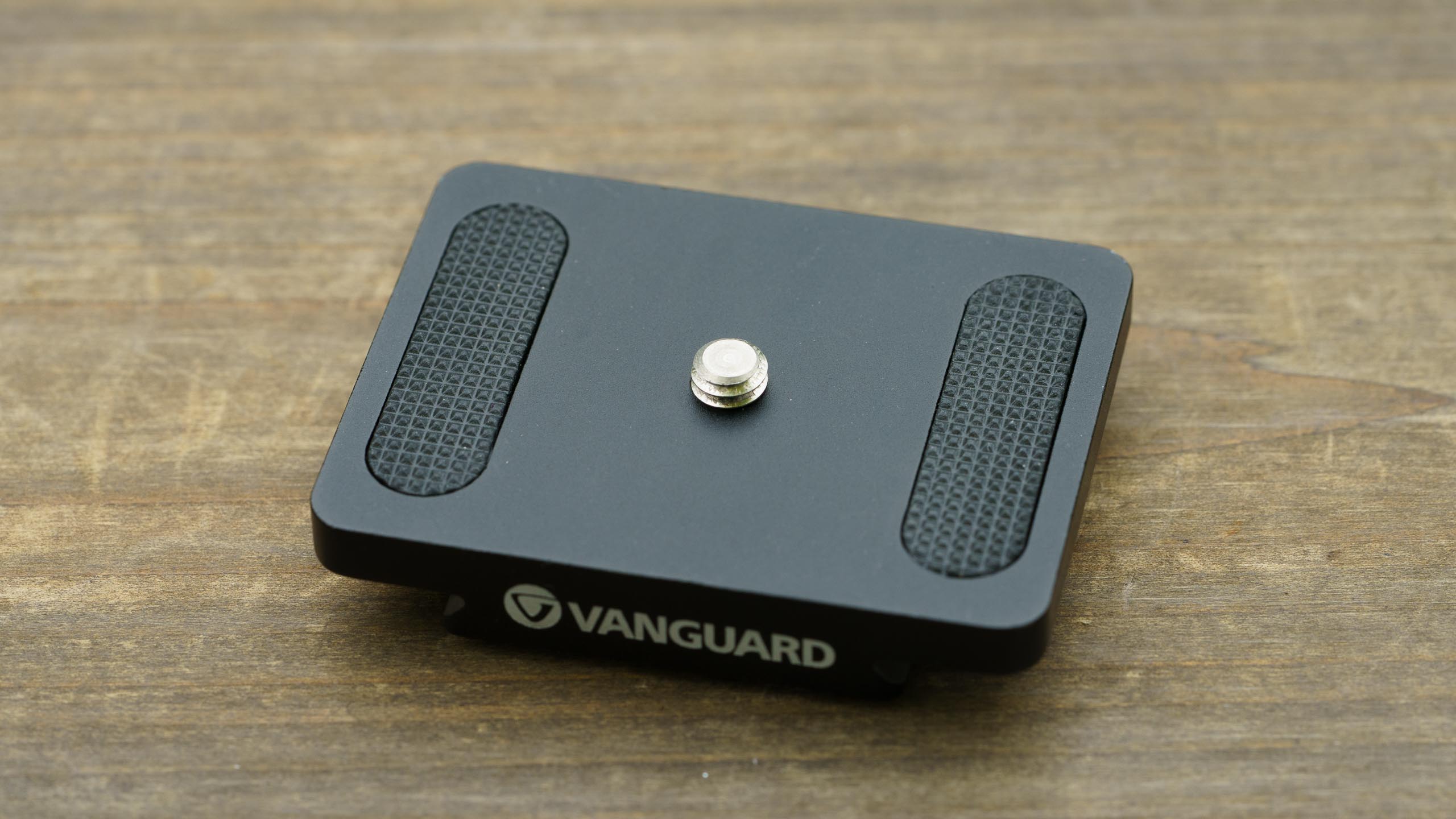
Height: 112mm
Base diameter: 58mm
Weight: 490g
Controls: ball lock, pan
Plate compatibility: Arca-Swiss
Maximum load: 15kg
Build and handling
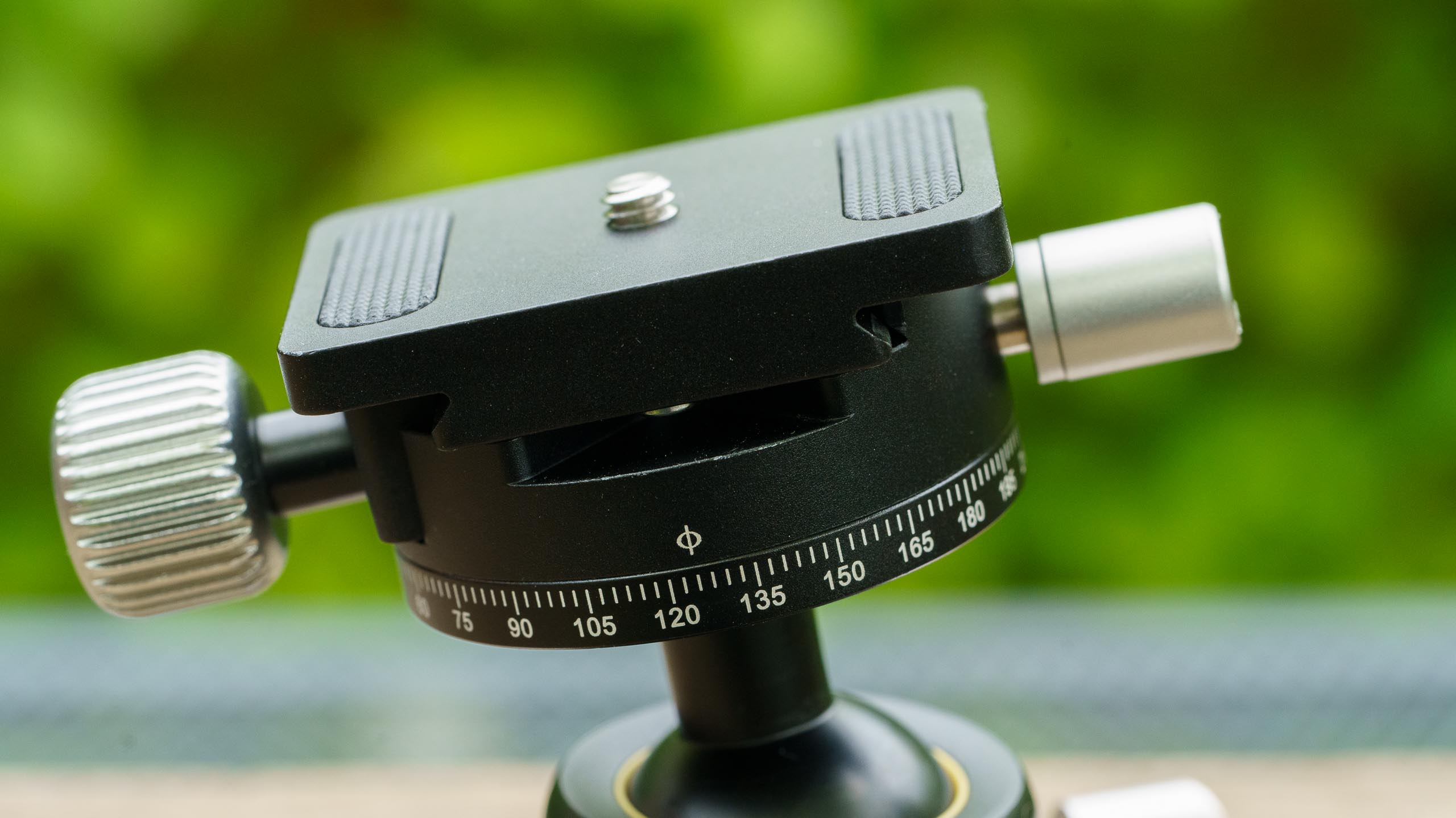
When you pick up the Vanguard Veo BH-160S Dual-Axis Ball Head it’s immediately apparent that it has an all-metal construction.
While there are two panning mechanisms, there is only one control over the movement of the ball. However, this has an asymmetric wing nut design that means it’s easy to make subtle adjustments and lock the ball tight. Careful positioning of the large control also means that it doesn’t extend below the base of the head and consequently there are no issues if the head is on a tripod with a very large mounting plate.
The two panning control knobs have a smaller single-wing design but less force is required with these mechanisms.
Two locating pins in the bottom of the quick release plate help ensure it is reasonably centred in the mount, and they may stop your camera from sliding off the head, but there isn’t a locking mechanism like you see on heads like the Benro GX35, Gitzo Series 4 or Manfrotto XPRO.
Performance
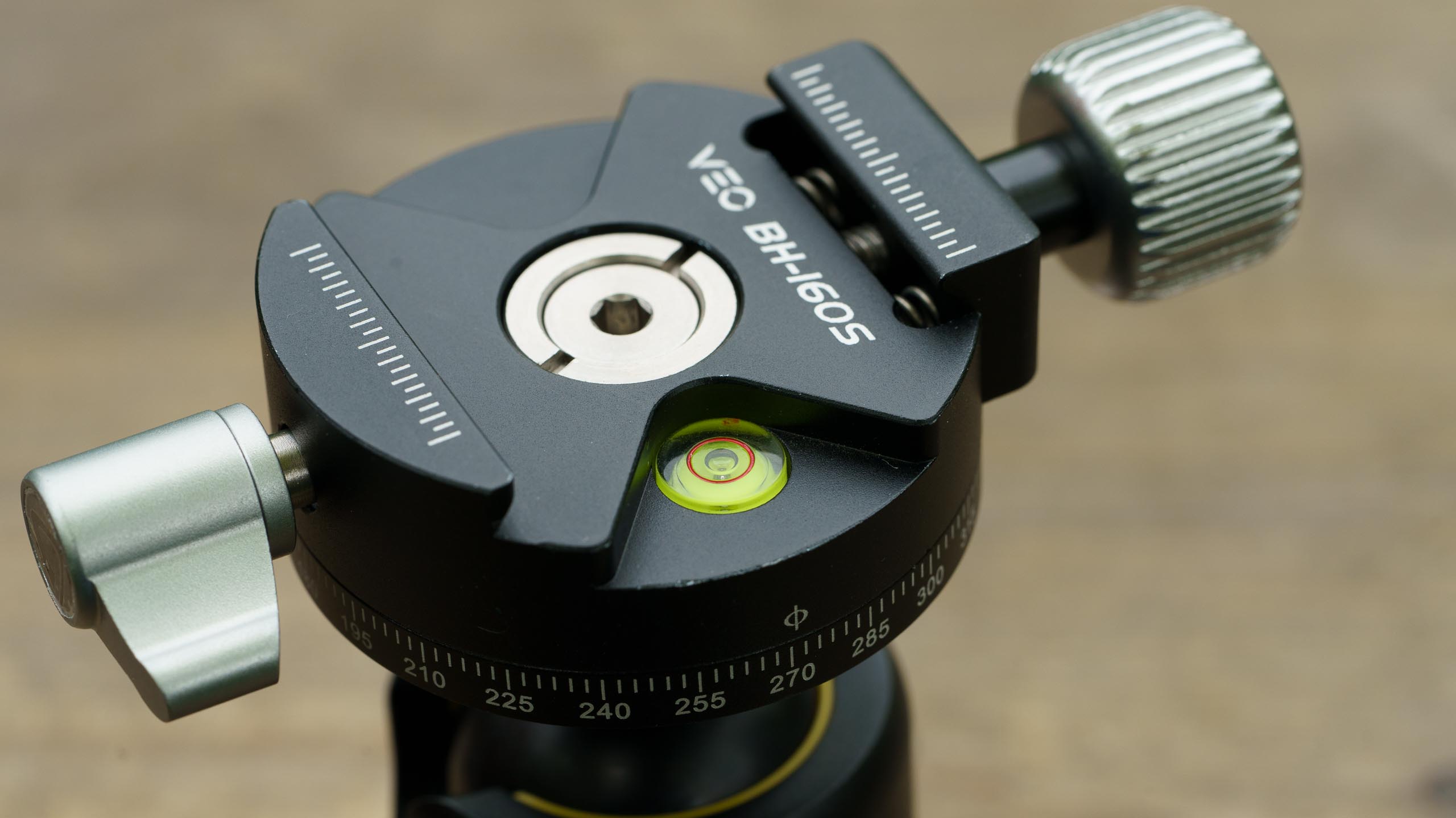
Thanks to a small flip-out D-ring, it’s easy to get the quick release plate finger-tight on a camera or lens. There’s also a skinny hex socket but there’s no key in the box so unless you happen to have the right one to hand, you’re more likely to use the coin slot to get the plate tight on the camera.
With the release plate mounted on the camera, it slots easily into the clamp with the locating pins sitting in the front and back position and the clamp knob to one side. As there’s no safety lock, you need to keep a good hold of the camera while you close the clamp and then test it before letting go.
While there is a single friction/locking knob on the Veo BH-160S, it affords a pretty good level of control over the movement of the ball. As a result I experienced only very slight drifting of the framing after locking the ball tight when a camera was mounted directly with a 1.57Kg lens attached. Switching to mounting the lens via its collar eliminated the drooping.
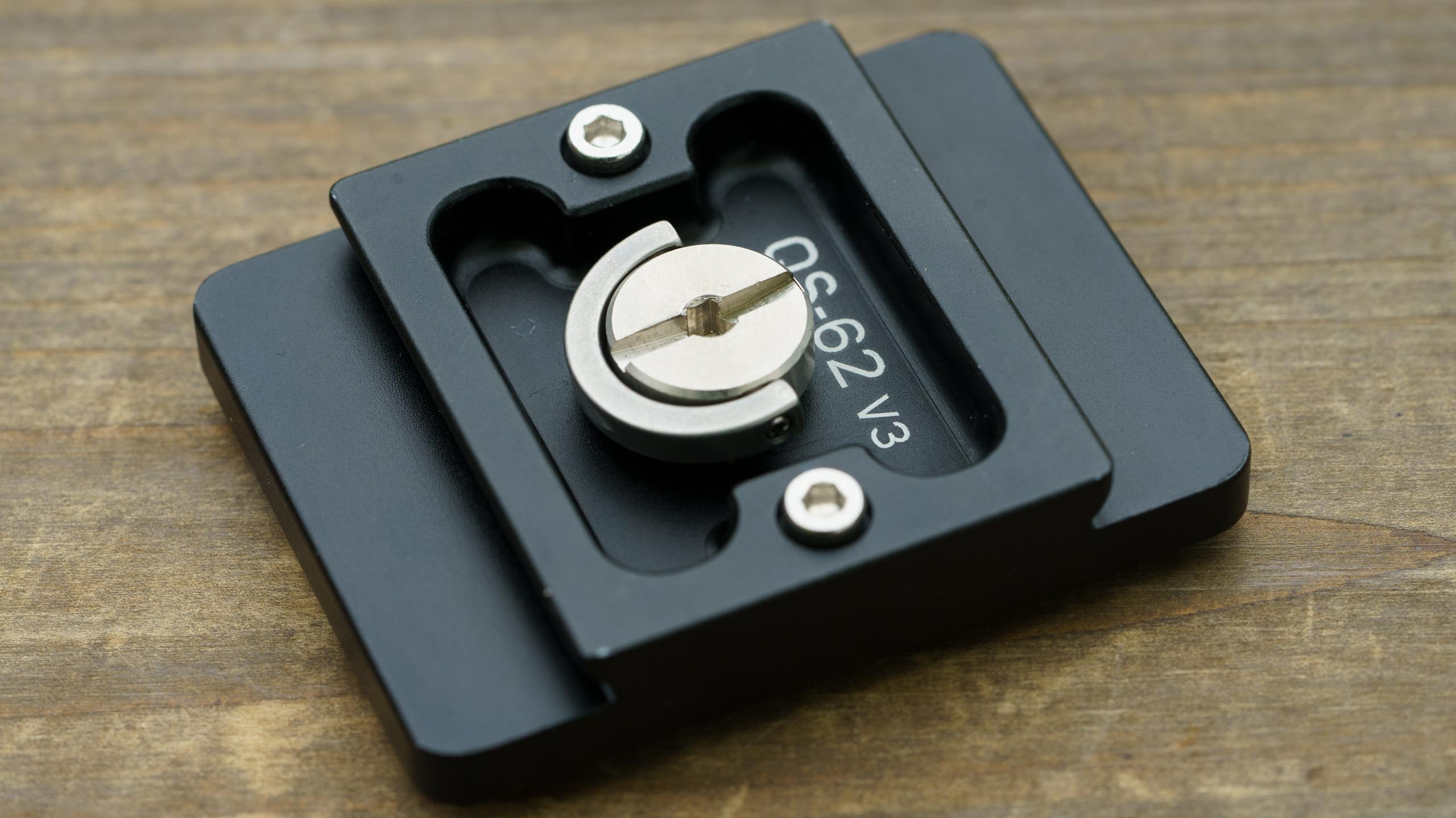
Normally when you shoot a panorama, it’s important to get the mounting plate of the tripod level so that the horizon stays straight as you pan. This is achieved by adjusting the leg length and/or angles and it can take some time to get everything just so. With the Vanguard Veo BH-160S, you just need to ensure that the tripod is well-balanced and then you can use the ball movement to level the horizon. Then, instead of using the usual panning mechanism at the bottom of the head, you use the one between the ball and the plate clamp.
If your camera has a level display (most do) you can use that to guide your adjustment of the ball head. However, if it doesn’t have a level display or you need to preserve battery power, you’ll have to remove the camera from the head to reveal the bubble level that’s in the top of the head.
Verdict
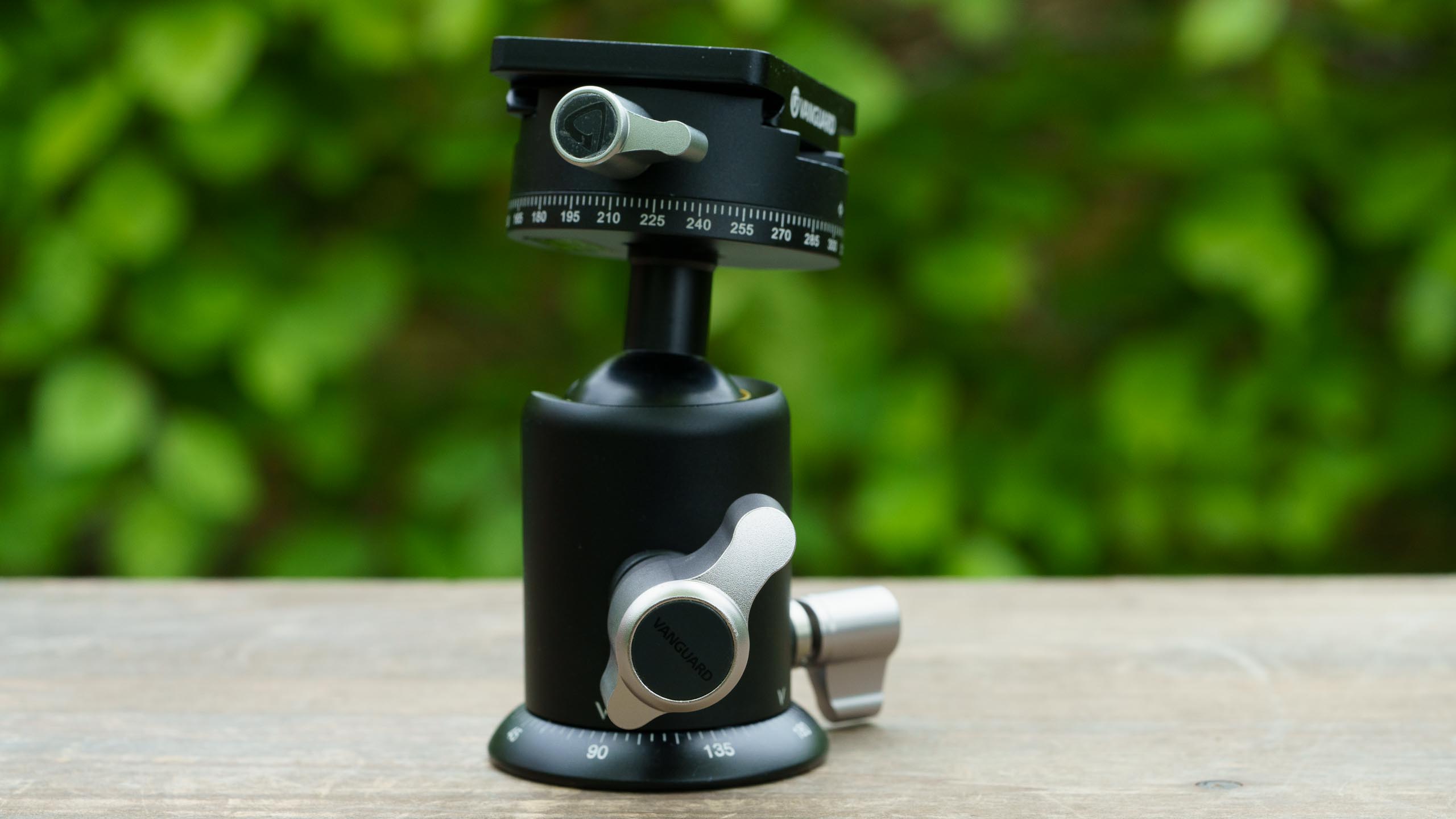
Vanguard’s Veo BH-160S Dual-Axis Ball Head looks and feels very well made yet its price is attractively low. The controls are also nicely shaped to give a good, comfortable grip and allow you to apply the force that’s sometimes required.
As with some other heads, it’s a shame that the bubble level isn’t visible when a camera is mounted, and it would be nice to see an Allen key provided, ideally on a key ring, to tighten the quick release plate. Overall, however, it’s an excellent ball head that copes superbly with heavy optics to ensure shake-free images.
Angela has been testing camera gear from all the major manufacturers since January 2004 and has been Amateur Photographer’s Technical Editor and Head of Testing for Future Publishing’s photography portfolio (Digital Camera Magazine, PhotoPlus: The Canon Magazine, N-Photo, Practical Photoshop, Photography Week and Professional Photography magazines, as well as the Digital Camera World and TechRadar websites). She is the founder of SheClicks - a community group that encourages and supports female photographers.


